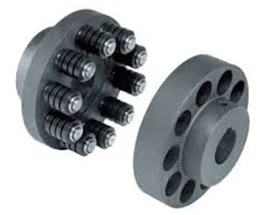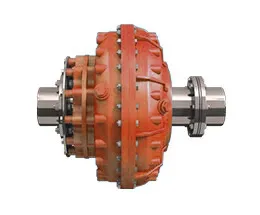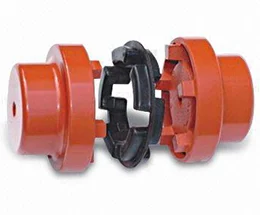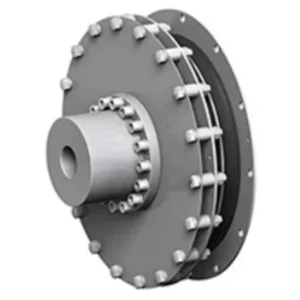In the bushing pin coupling, there is an intermediate ring between the elastic elements. This ring is floating and connected to the end disc aligned by a pin. The coupling is transmitted to the other half of the coupling via the elastic element mounted on the pin, while the pin and the half of the coupling are non-rigidly connected, which can smoothly load and significantly reduce lateral forces.
The advantage of this coupling is that it can easily cooperate with slightly misaligned shafts and adds a certain flexibility to help absorb vibrations and shocks. This coupling is particularly suitable for situations where there is axial, radial or angular misalignment and is a flexible coupling device.
Dimensions of Pin Couplings
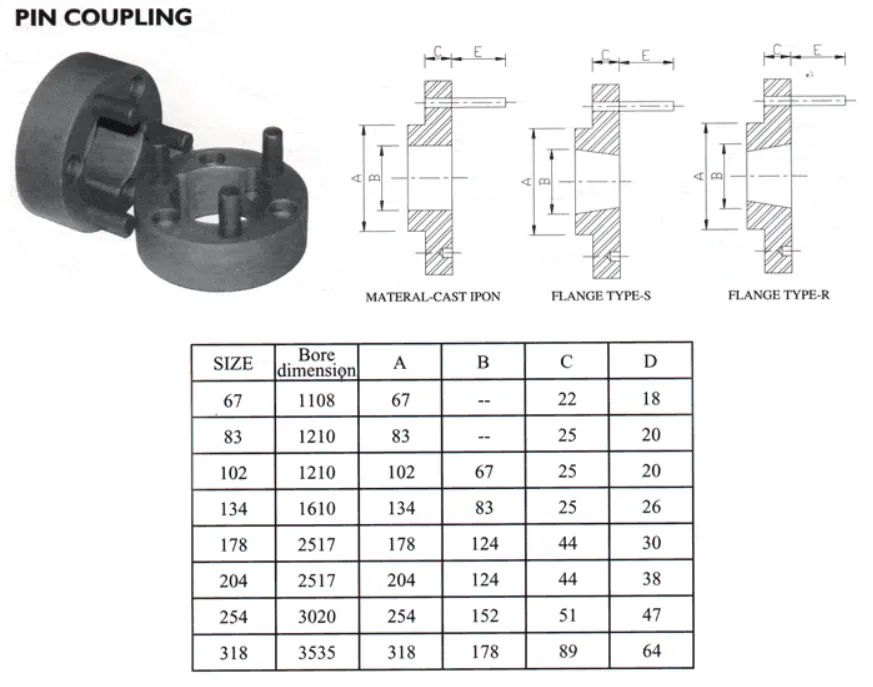
Features of Pin Couplings
1. Cost-Effective & User-Friendly Design
- Low Cost: Economical solution for torque transmission between shafts.
- Simple Assembly: Streamlined installation process minimizes downtime.
- Material Versatility: Typically constructed from metal or rubber, with specialized variants available for enhanced joint strength.
2. Mechanical Advantages
- Misalignment Tolerance: Capable of accommodating angular, parallel, and axial shaft misalignments, reducing stress on connected equipment.
- Force Resistance: Leverages friction on contact surfaces to support large forces, effectively dampening vibrations and extending machinery lifespan.
3. Technical Design Considerations
- Three-Pin Coupling Optimization:
- Friction Management: Interface plane designed for higher friction, while pin edges maintain low friction to prevent asymmetric bending.
- Dimpled Friction Plates: Optional feature to enhance frictional properties and torque transmission efficiency.
- Preload Precision: Bolts must be torqued to at least 10% of the final load to ensure secure pin-to-interface contact and optimal performance.
4. Fail-Safe & Protective Role
- Acts as a mechanical safeguard, absorbing shock loads and preventing damage to critical components under overload conditions.
5. Customization & Adaptability
- Specialized Configurations: Available in tailored designs to meet specific operational demands, such as high-torque or corrosive environments.
Pin couplings offer a practical balance of simplicity, resilience, and adaptability, making them ideal for systems requiring cost-effective torque transmission with built-in misalignment and vibration management.

